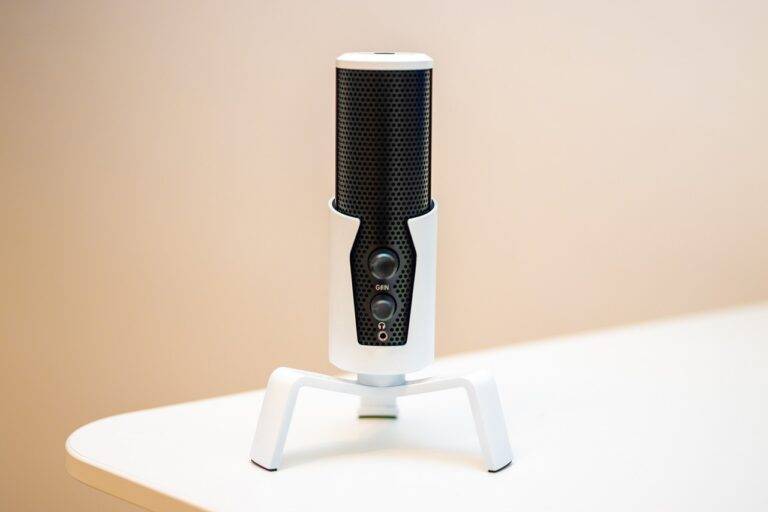The Rise of Biometric Payments: Fingerprint and Face Recognition
Biometric technology has revolutionized the landscape of payment security, offering a cutting-edge solution that combines convenience with robust authentication measures. Gone are the days of relying solely on passwords or PINs to safeguard financial transactions. With biometric payments, individuals can utilize unique physical characteristics such as fingerprints, facial recognition, or iris scans to validate their identity, making it significantly harder for unauthorized individuals to access sensitive information.
Moreover, the integration of biometric technology in payment systems not only enhances security but also streamlines the transaction process for users. By eliminating the need to remember complex passwords or carry physical cards, biometric payments offer a more seamless and user-friendly experience. This not only benefits consumers but also provides merchants with a secure and efficient method of processing transactions, ultimately leading to increased trust and satisfaction among all parties involved.
How Biometric Payments Work
Biometric payments utilize unique biological traits, such as fingerprints or facial recognition, to authenticate transactions. Once a customer enrolls in a biometric payment system, their biometric data is securely stored and linked to their payment information. During a transaction, the customer simply needs to scan their biometric feature at the point of sale terminal to confirm their identity and authorize the payment.
This process enhances security by reducing the risk of fraud and unauthorized transactions. Since biometric data is difficult to replicate, it provides a reliable way to verify the identity of the individual making the payment. Additionally, the convenience of biometric payments eliminates the need for physical cards or PIN codes, streamlining the transaction process for both customers and merchants.
What is biometric technology?
Biometric technology uses unique physical characteristics, such as fingerprints or facial features, to verify a person’s identity.
How does biometric technology enhance payment security?
Biometric technology provides an additional layer of security by requiring a person’s unique biometric data to authorize a payment, making it much harder for fraudsters to access someone’s funds.
How do biometric payments work?
Biometric payments use a person’s biometric data, such as fingerprints or facial recognition, to verify their identity and authorize a payment transaction.
Are biometric payments more secure than traditional payment methods?
Yes, biometric payments are considered more secure because they require a person’s unique biometric data, which is much harder to replicate or steal compared to traditional payment methods like passwords or PIN codes.
What are some examples of biometric payment methods?
Some examples of biometric payment methods include fingerprint scanners on smartphones or tablets, facial recognition technology, and voice recognition systems.
Are biometric payments widely accepted?
Biometric payments are becoming increasingly popular and are being adopted by more retailers and financial institutions around the world. However, their acceptance may vary depending on the location and the type of biometric technology being used.





